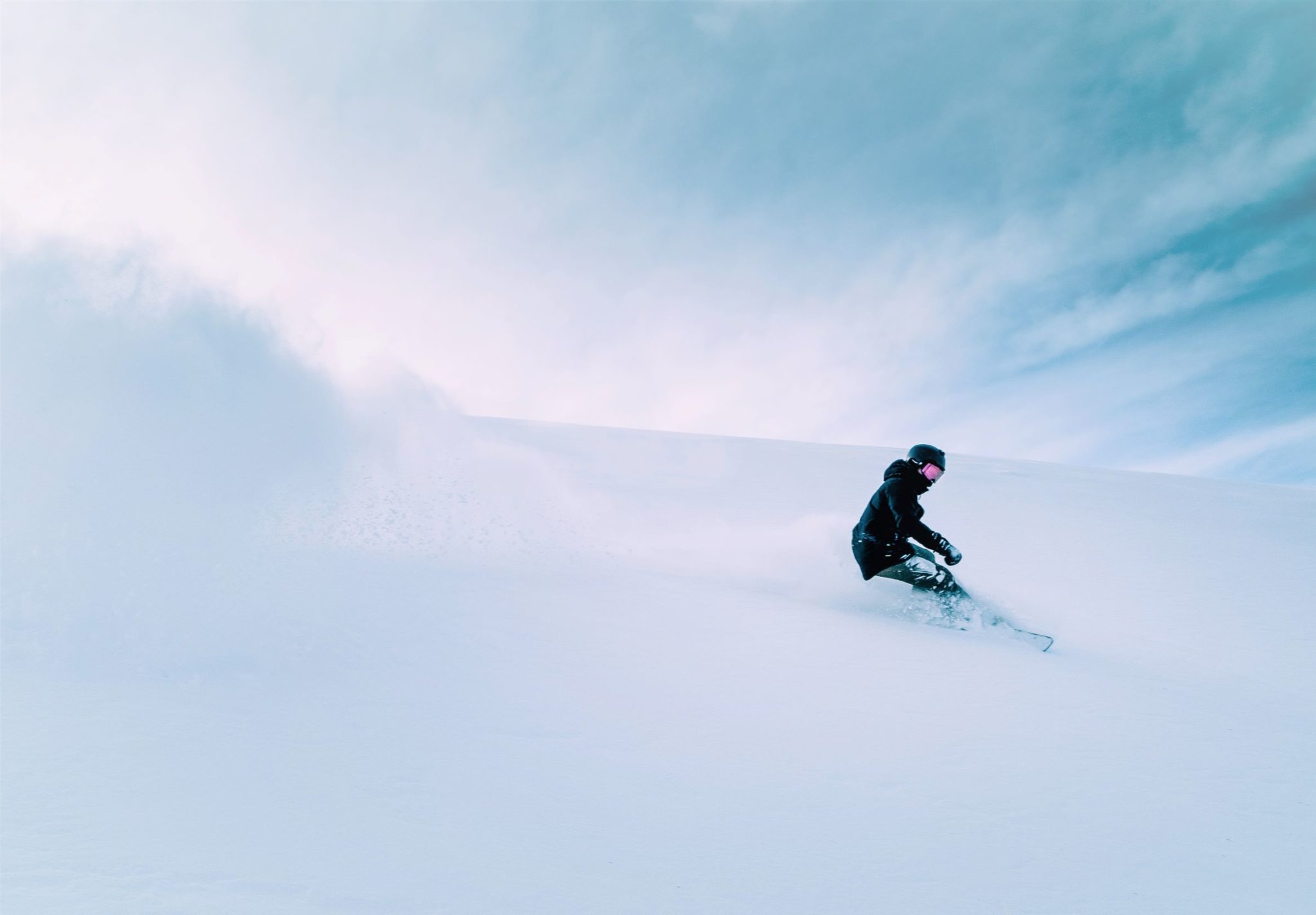If you keep up with healthcare news or our blog you already know that January is Cervical Cancer Awareness Month and National Blood Donor Month. January also happens to be Winter Sports Traumatic Brain Injury Awareness Month and for a good reason. On average January is the month with the greatest average global snow accumulation, which calls snowboarders, skiers, ice skaters, and snowmobilers to the great outdoors. Continue reading for statics on the dangers of these sports, their place in causing traumatic brain injury, and ways to ensure safety if you are still planning to hit the slopes.
Brain Freeze
A traumatic brain injury (TBI) is caused by impact and can change the way the brain functions. Non-traumatic brain injuries, on the other hand, are caused by illness. TBIs can range in seriousness with mild cases having symptoms that last a few days to serious, in which an extreme change in cognitive ability and quality of life, and possibly death, can occur.
Serious TBIs are easily noticeable while concussions often go unnoticed. This does not mean that they should be ignored, however. Concussions and their symptoms can linger and turn into post-concussion syndrome. Symptoms of this include headaches, memory problems, sensitivity to light or noise, changes in vision, problems concentrating, issues sleeping, and nausea.
Each year more there are about 2.5 million cases of TBI reported. In 2014, the Center for Disease Control and Prevention reported that 56,800 of these cases resulted in death. Falls and car crashes are responsible for a majority of these cases.
Falls are generally the cause of concussions and TBIs sustained during winter sports. Snowboarding is responsible for 30 percent of concussions and TBIs connected to extreme sports. Skiing was not far behind, responsible for 25 percent of extreme sports TBIs.
Preventing TBI
While no one plans to fall or have a collision while participating in a winter sport, accidents do happen. Some of these accidents can lead to TBIs and concussions. Healthcare providers are not telling you to avoid these sports but rather take actions to decrease your chances of becoming part of the 2.5 million TBI cases reported each year. Below are some guidelines on how to do so.
- Gear Up
Invest in safety equipment, specifically properly fitted helmets.
- Learn to Fall
If new to the sport, make sure to take a lesson or two. Information covered might touch on the best ways to stay safe and how to cushion yourself during a fall.
- Be Aware
Check your surroundings to ensure they are free of obstacles, which might include other people. Always be aware of those around you.







Leave A Comment